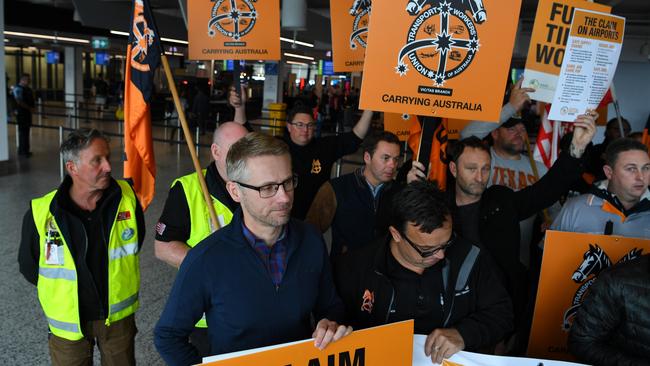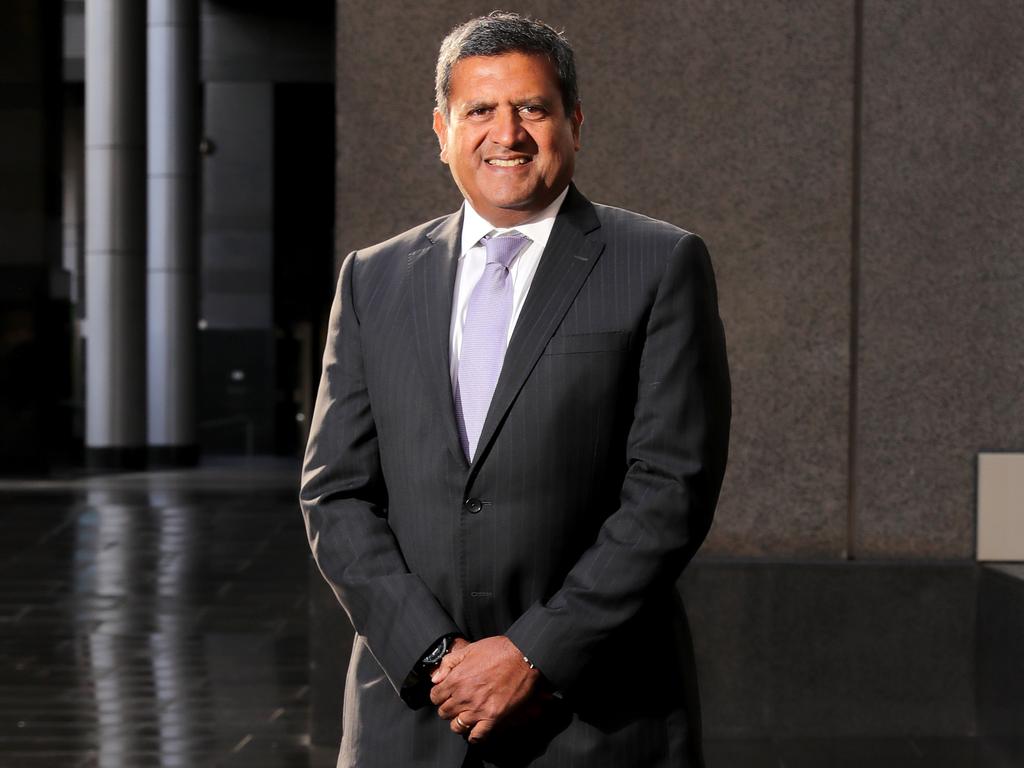In IR, beware the law of unintended consequences
These two hypothetical scenarios show how the Albanese government’s new workplace reforms could go badly wrong.

When governments legislate, a common failing is the lack of foresight about the human response. Recently, our federal government has acted to reverse the move away from the bargaining system, and to lift wages. What it may not have done is anticipate how humans will respond to the system changes.
Faced with new settings, employers have to manage risk and offset unknown costs that they think will be imposed on them, down the track. Employers know they now can be “skull-dragged” into the bargaining system via the Fair Work Commission. They know a commissioner can impose an enterprise agreement on them and order them to pay certain wage increases.

With this knowledge, how do you think people in charge of outcomes may react? Will they allow themselves to be led easily towards the virtual guillotine or will they stiffen, dig their heels in and make themselves as heavy as possible to delay the inevitable?
Also, it is a huge responsibility, to decide what wage increase a business should pay. Some Fair Work commissioners might be reluctant to put themselves at risk of criticism and blame. They might order lower wage rises than expected.
All of this means wage outcomes could vary wildly, growth could be lower than anticipated, and it might even stall, in the short term. Consider these two hypothetical scenarios.
Example one: Alex owns a car repairs business with 30 employees. They used to do enterprise bargaining but found the conflict wearying. Their last three-year enterprise agreement expired four years ago. Working conditions are protected because the terms of expired agreements are binding until the agreement is replaced or terminated.
With regard to wages, Alex has simply given everyone an annual 3 per cent increase every year since the agreement expired, to keep staff on board – there is no need to bargain for increases if the boss just gives them out.
Almost everyone has been happy with this, and it is indeed a common example in Australia. A lot of workplaces have expired agreements and everyone still receives pay increases each year.
Just before Alex is about to announce the next pay rise, one employee (perhaps with help from a union or after reading something on the internet) decides they want something different.
This employee writes on a piece of paper that they have appointed themselves to be their own bargaining representative and sends an email to Alex demanding the company immediately start negotiating a new three-year agreement, with 7 per cent increases each year to keep up with cost-of-living pressures.
Alex gets some advice and finds formal negotiations for a new agreement must start within 14 days. Alex understands that if after nine months of negotiations, no agreement is reached and dispute steps are followed, a commissioner can impose a new agreement on the business, deciding the terms in it and the pay rise amounts.
Alex suspects that with regard to the wages, a commissioner would likely choose the halfway point between what the business offers and what the employee has asked for.
Therefore, in the face of uncertainty over future costs, including the cost of representation in the FWC, Alex digs in. The decision is made to conserve funds and offset risk, offer a zero wage increase and hope for the halfway point of 3.5 per cent to be awarded by the FWC down the track.
The process of getting to this endpoint takes about two years. In the meantime, no one gets a pay rise and everyone, including Alex, is stressed and unhappy.
Example two: Bronte owns a successful and growing plastics manufacturing business with more than 100 employees. The business has no enterprise agreement and uses the industry award but still pays the staff higher than award rates.
Bronte has a major competitor called Fitzer that is covered by a toxic union agreement it negotiated years ago. This agreement is slowly putting Fitzer out of business, losing customers to nimble, lower-cost businesses such as the one owned by Bronte.
The relevant union doesn’t like the way Bronte’s firm operates and, to be honest, neither does Fitzer. Bronte’s lean and well-run outfit is a threat to them both. Surely, they say, it would be better to have an industry “level playing field” for wages and conditions rather than a “race to the bottom”. And if the whole industry ends up price fixing their wages and conditions, the cost can be passed on to consumers, who will have nowhere else to go.
Bronte anticipates all this, guessing that some union people will stand in the carpark of the business for a few weeks, greeting staff with flyers saying “work less, earn more – sign here now”. Bronte thinks more than 50 per cent will sign and that the union will win its application to force the business into the same agreement that Fitzer has. So the business freezes pay to conserve funds, and waits for the fight that is coming.






We know they are worried and that they also are obligated to devise strategies to deal with uncertainty and ameliorate the risk. The Australian’s 2022 CEO Survey this week has revealed there is significant concern over the new industrial relations system.